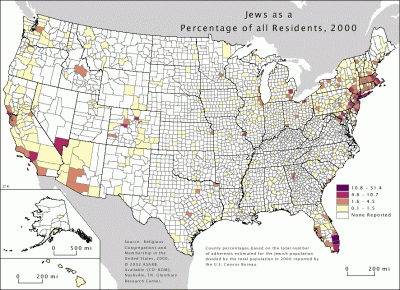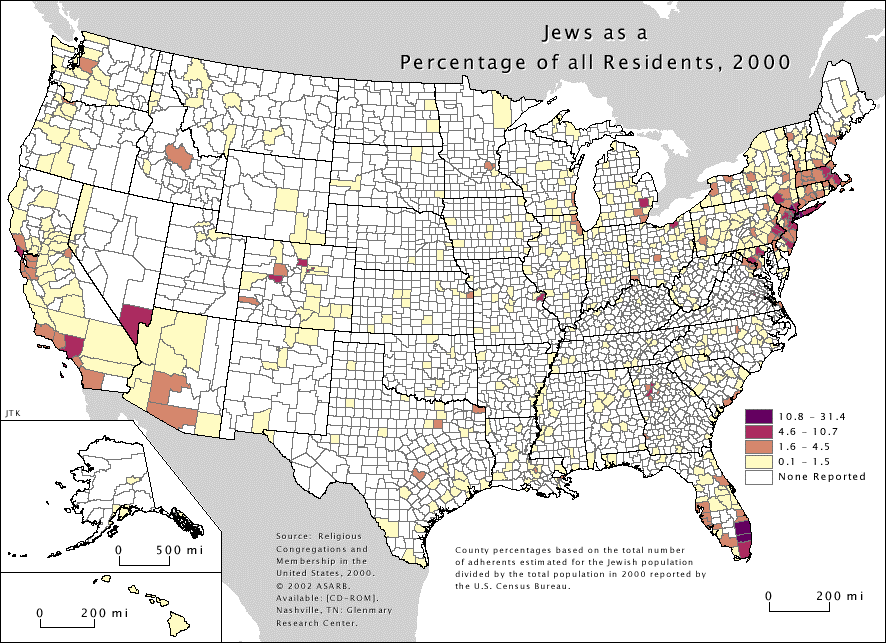
I am a History and Geography major. No, I do not look at maps all day: Geography is actually a real academic discipline, which can basically be summed up as “the study of the land and the things on it.” All sorts of Geography exists: cultural, physical, political, linguistic, theoretical, and demographic among them. And then there’s Jewish geography.
This Jewish geography is not the game we all know: “who knows Ammiel Cohen? Did you also go to Camp Yismechu B’Malchutecha in July 2000?” Rather, this is the study of the intersection of Judaism and space: how does our small nation play with the surrounding environment?
Well, you have the obvious things. There are geographers who study the placement of eruvin in Orthodox neighborhoods, Biblical archaeology in the Holy Land, and dialectal variation in 19th-century Yiddish. Yet there are also geographers who study the more unusual topics in the Jewish world: from Jewish land ownership in rural South Africa (a topic of many theses at the University of Cape Town) to my favorite, “diasporic modernisms.” Yes, that means something.
In short, geography – just as other fields like history and sociology – has a Jewish component or aspect. It is not an aspect that can be isolated from the surrounding environment – Jews, after all, have always interacted with and been part of a wider world. Rather, Jewish Geography examines Jews in tandem with the wider world.
How do I, as a Jew, feel when studying this field and finding titles such as “Place names in western Algeria: Biblical sources and dominant semantic domains”? It’s somewhat complicated.
In a certain sense there is pride: beyond the hackneyed paths of nationalist history and Biblical criticism, there are phenomena among our people that are fascinating in and of themselves. Finding, browsing through the Old Theses shelf in the Geography office, a map detailing the movement of synagogues around Chicago in the early 20th century in terms of the city’s development was incredible. Being able to visualize the wanderings of the Wandering People aside, it gave a sense of place to the two local synagogues still in the neighborhood of Hyde Park.
There is also a sense of distance. “Is this my people I am studying?” The map above, for example, feels almost distant and impersonal – a map of Jewish concentrations in the United States. It is hard to remember that the “1.6-4.5%” in Allegheny County, Pennsylvania in 2000 includes my editor and at least ten of my friends. Thus it becomes as if “Jewish geography” and “real-life Judaism” are weirdly separate: a gap between books and atlases and life itself.
But perhaps most importantly, it is rewarding to study Jewish Geography. There is a lot to learn, a lot to examine, and a lot of interesting topics to research – who knew there was so much to say on Jewish settlement in 19th-century Liverpool? Furthermore, just as the study of Jewish history connects me to my ancestors, the geographical field makes me feel connected to my fellow Jews today. That sort of unity is not always easy to come by – and I treasure it.
Jonathan Katz is a student at the University of Chicago.

